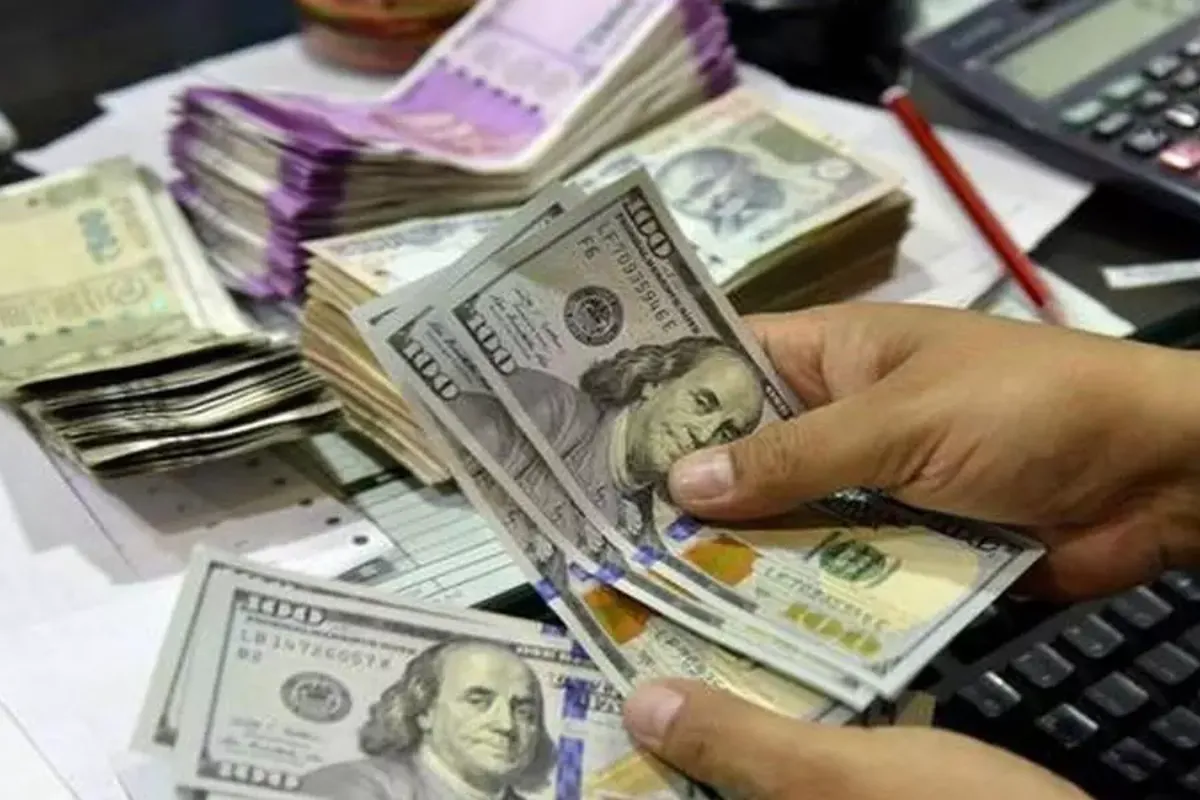United States Dollar: With approximately 60% of all Forex reserves and more than 80% of all foreign exchange trading, the US dollar has long been the predominant currency in international trade. The US dollar’s hegemony, though, has been gradually waning in recent years. The rise of China as an economic superpower, the rising use of alternative currencies for trade settlement, and growing worries about the stability of the US dollar are some of the causes driving this trend.
China has been attempting to internationalise its renminbi
The development of China as an economic giant is one of the main factors causing the dollar’s dominance in international trade to wane. China today has the second-biggest economy in the world and the largest trading bloc. China has worked to lessen its reliance on the dollar in trade and investment as its economic clout has increased. China has been attempting to internationalise its renminbi (RMB) and encourage its use in foreign investments and trade in recent years. China has made a number of moves to encourage the usage of the RMB in global trade. China introduced the RMB Cross-Border Trade Settlement Pilot Scheme in 2009, allowing businesses to settle transactions in RMB rather than US dollars. Since then, through creating currency exchange agreements with more than 30 nations and regions, China has increased the use of the RMB in trade settlement. In the Belt and Road Initiative, a vast infrastructure project spanning more than 60 nations and regions, China has also been pushing the usage of the RMB.
Must Read: Delhi electricity minister accuses LG of blocking subsidies, claims ’emergency situation’
The Centre is attempting to include underdeveloped nations in the process
The Ministry of External Affairs stated last week that transactions between India and Malaysia can now be handled in Indian Rupee (INR) in addition to the present modes of settlement in other currencies, in an effort to make the rupee a global currency. This occurs one day after the Foreign Trade Policy (FTP) 2023 was introduced by the Ministry of Commerce. Shaktikanta Das, governor of the Reserve Bank of India (RBI), had earlier stated that the government and the banking watchdog are in negotiations with a number of South Asian nations to allow cross-border trade in Indian currency. More nations are becoming interested in India’s rupee trade settlement mechanism, which enables rupees to be used for international transactions rather than dollars and other major currencies. Sudan, Tajikistan, Cuba, Luxembourg, and other nations have started discussing the system with India. Following the implementation of sanctions on Moscow due to the war in Ukraine, Russia has already exploited it. The system was established by the RBI in July 2022. Currently, the Centre is attempting to include underdeveloped nations in the process.
Must Read: Karnataka Politician Laxman Savadi Jumps Ship, Set to Join Congress
The pandemic brought about a global economic collapse in 2020
In recent years, the Indian rupee’s (INR) performance against other important currencies has been inconsistent. The pandemic brought about a global economic collapse in 2020, which resulted in a considerable depreciation of the rupee in relation to the US dollar (USD). The rupee fell as much as 71 paise to a low of 83 against the US dollar on October 19, 2022, as a result of the dollar’s persistent rising. The INR did, however, begin to rise somewhat later. Overall, a number of factors, including domestic economic policies, geopolitical developments, and global economic conditions, affect how the rupee performs against other currencies. Long-term uncertainties, primarily those relating to the state of the world economy, are likely to continue to have an impact on the INR. Long-term, the success of the rupee will be influenced by India’s capacity to sustain steady economic growth and implement sensible economic policies.
Keep watching our YouTube Channel ‘DNP INDIA’. Also, please subscribe and follow us on FACEBOOK, INSTAGRAM, and TWITTER.












